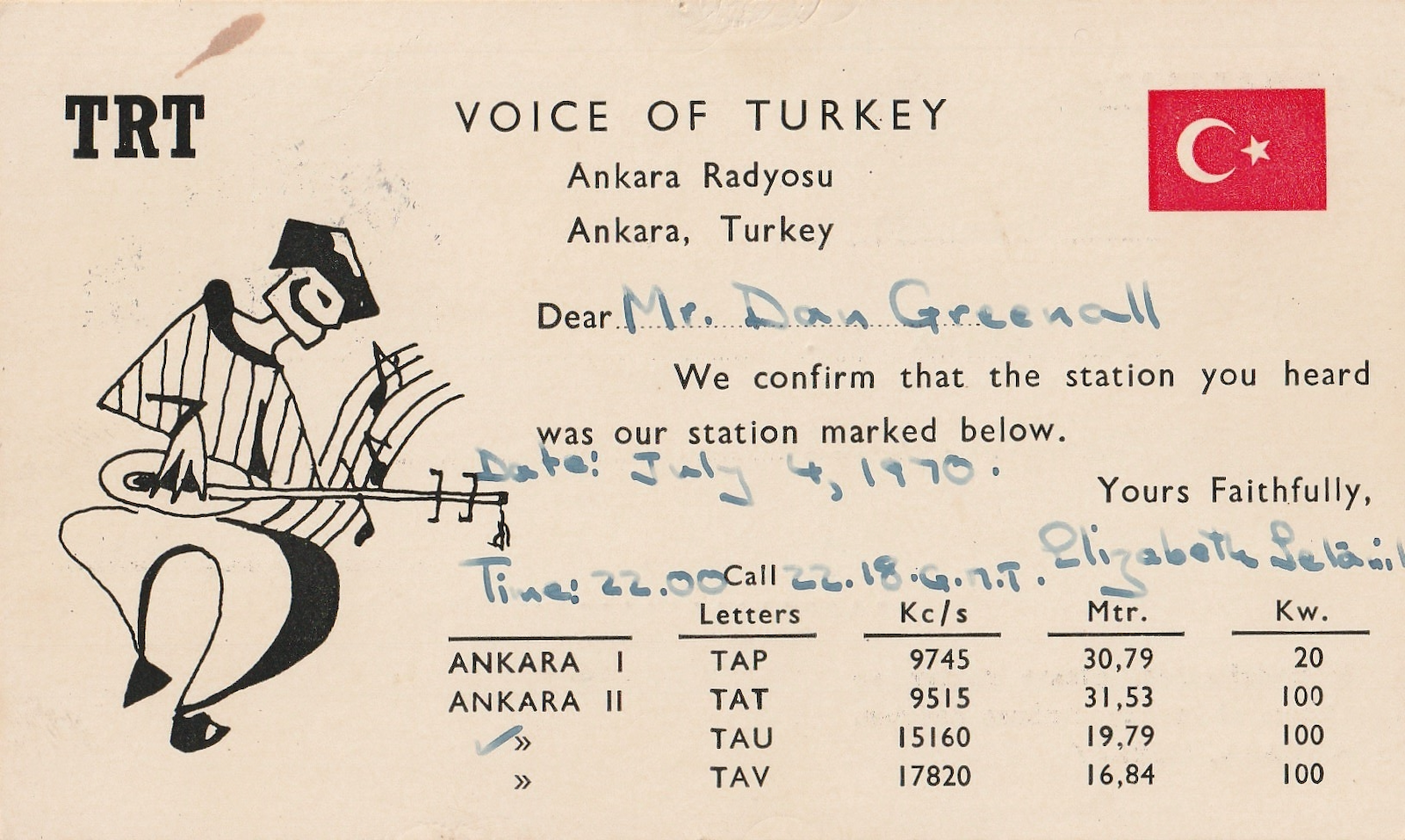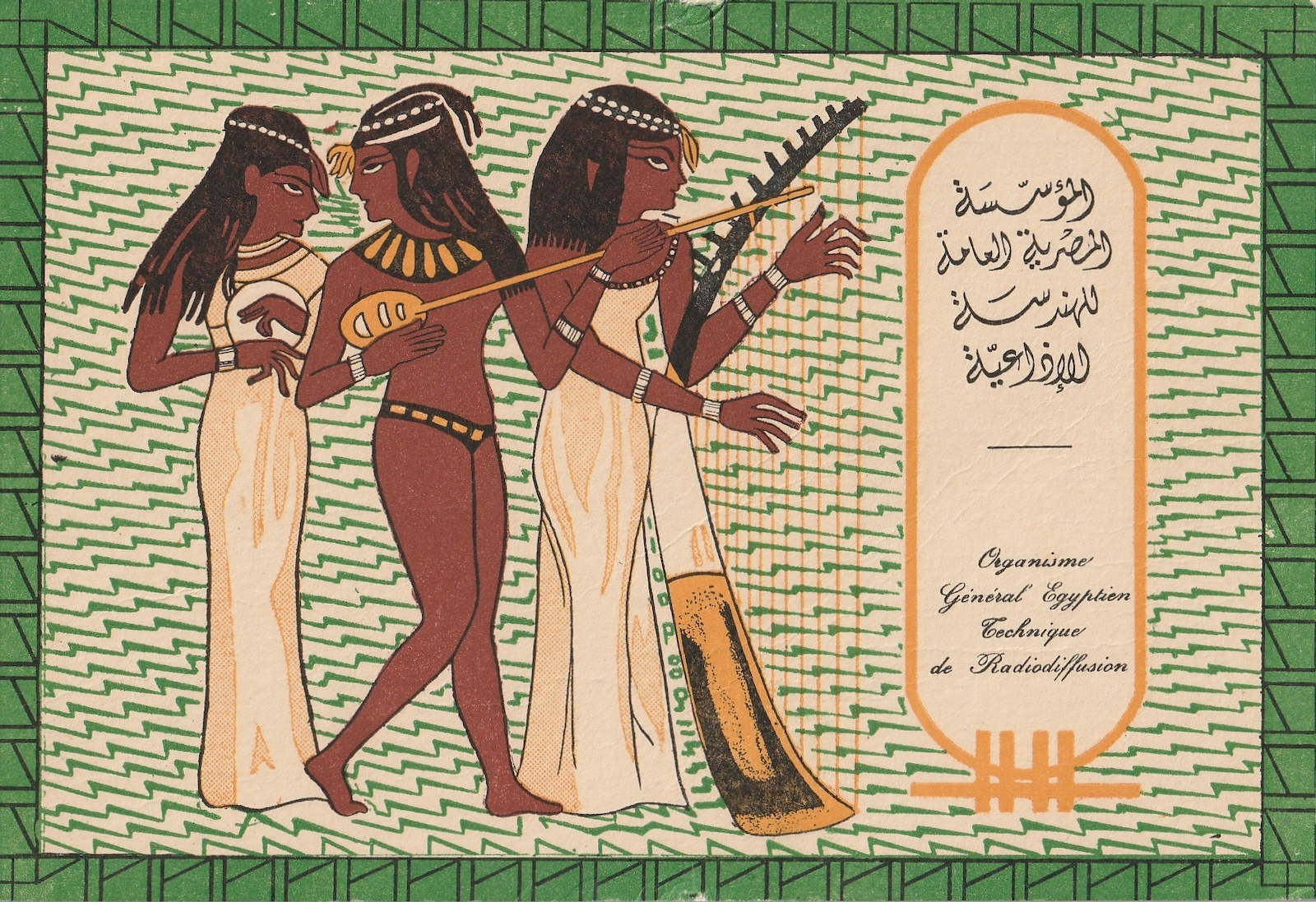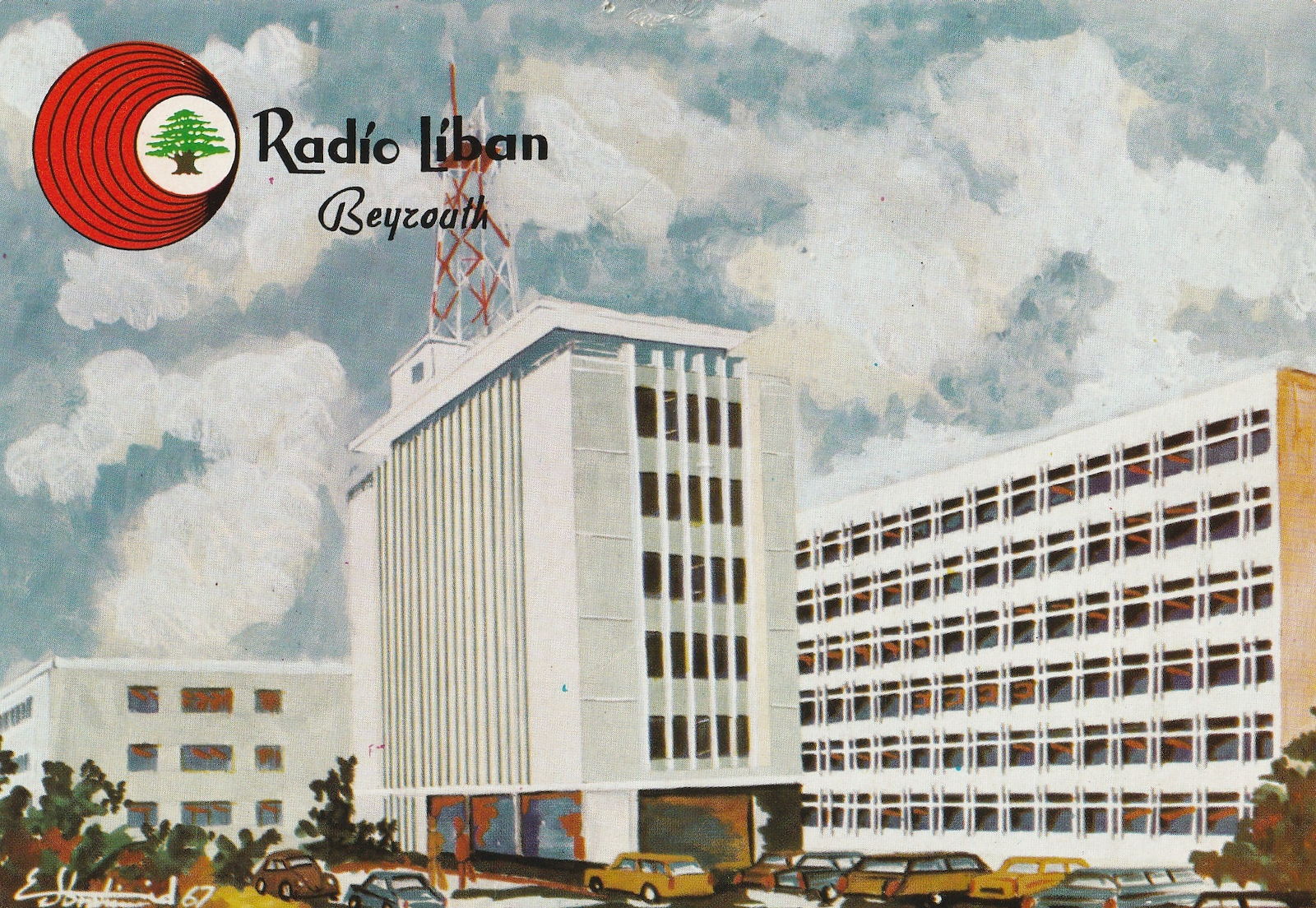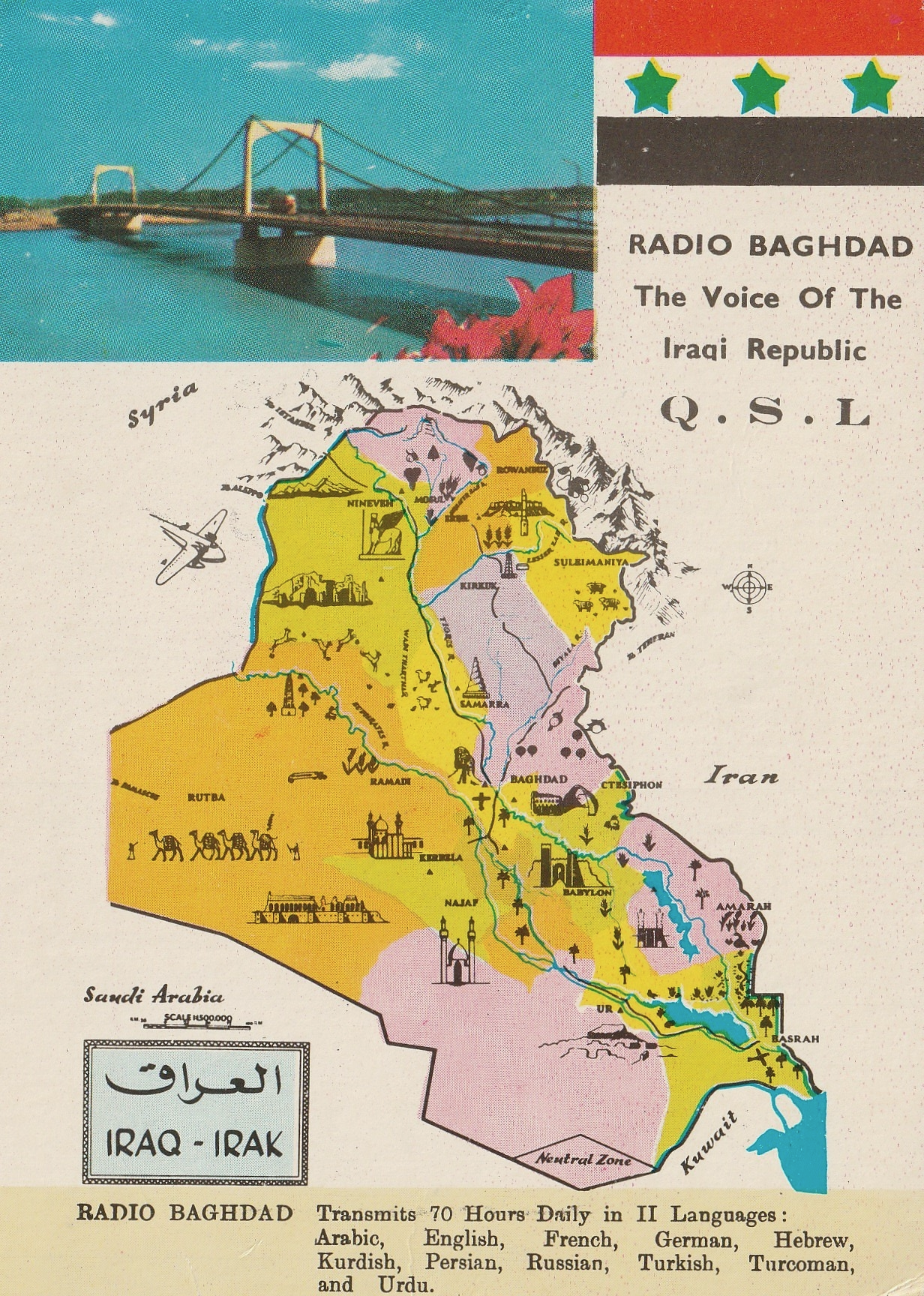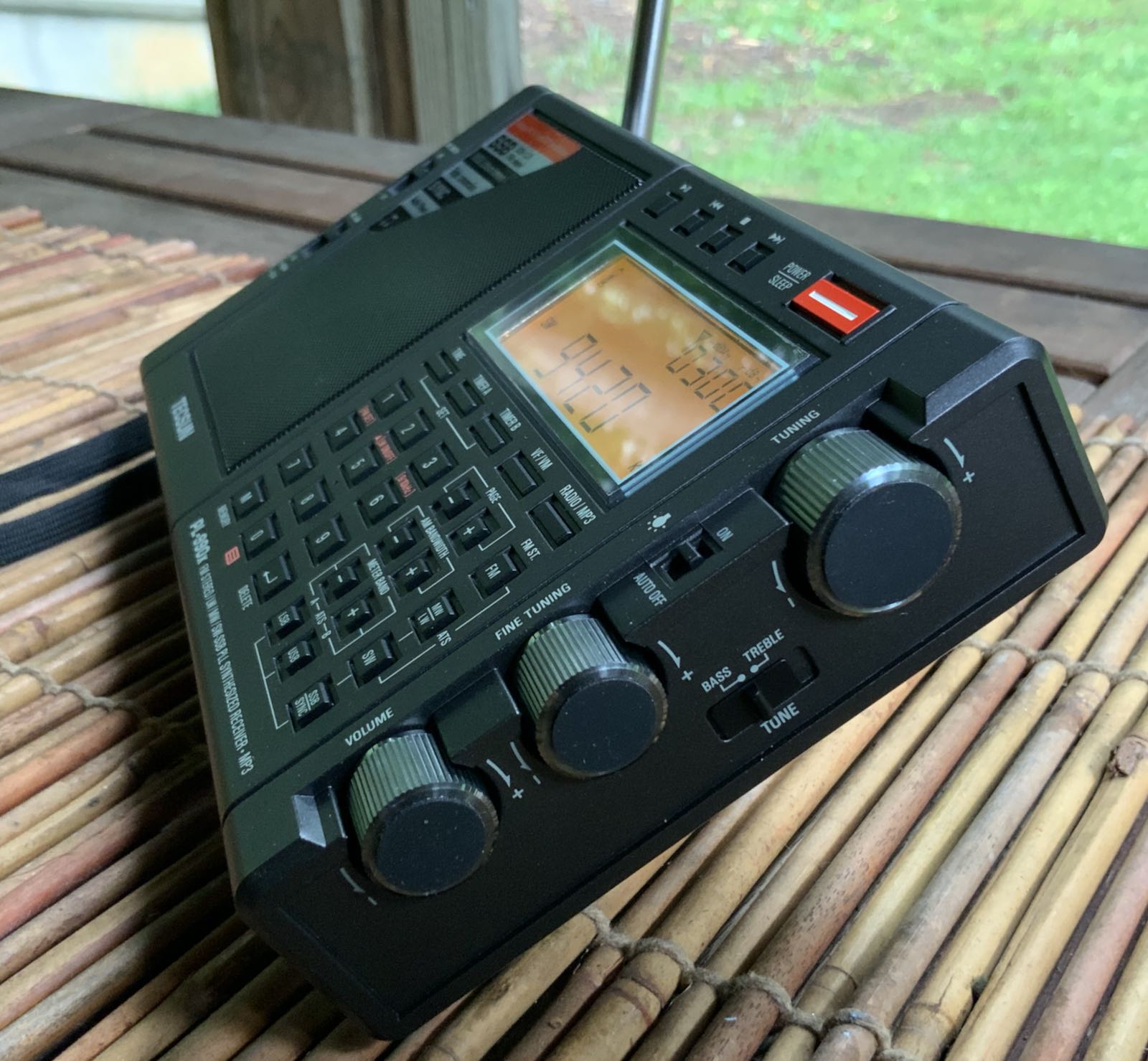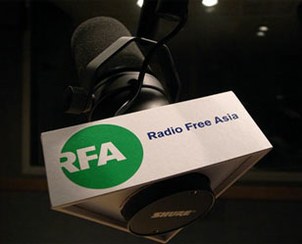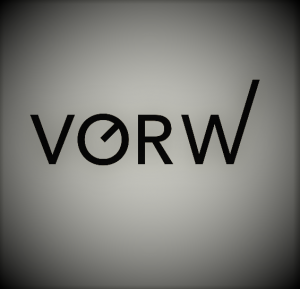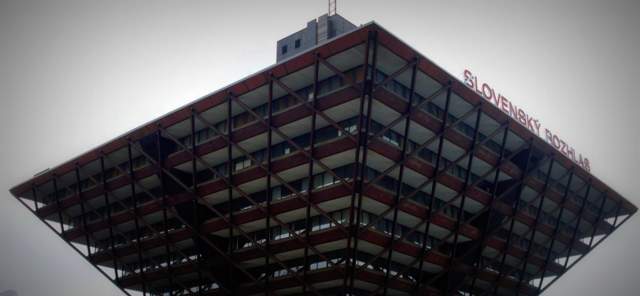 Many thanks to SWLing Post contributor Paul Jamet, who shares the following message:
Many thanks to SWLing Post contributor Paul Jamet, who shares the following message:
Hello Thomas,
The future of RSI is uncertain!
Read: https://mt-shortwave.blogspot.com/2025/10/radio-slovakia-internationals-future.html
I spoke on the phone with RSI’s French service, and during the program “Entre Nous – Courrier des auditeurs” on Sunday, October 26, 2025, the presenters asked listeners to respond and write to the Director General of STVR, Ms. Martina Flašíková.
Here is a text I wrote to inform people about the plan to shut down RSI – Radio Slovakia International by the end of 2025 and, above all, to support this station: https://rsi.stvr.sk/
I do invite all RSI listeners around the world to write to:
Paul’s Message
Support for Radio Slovakia International: Let’s not silence a precious voice of Slovakia
I was deeply saddened to learn about the planned closure of Radio Slovakia International (RSI). As a loyal listener for more than thirty years,
I wish to express my strong attachment to this radio station and to emphasize its vital role in promoting the culture, history, and vitality of Slovakia throughout the world.
Since its creation, RSI has managed to project an open-minded, thoughtful, and respectful voice, contributing to international understanding and enhancing
Slovakia’s global image. In my view, RSI is much more than a radio station — it is a true instrument of soft power, a cultural ambassador that strengthens the positive perception of the Slovak Republic.
Over the years, RSI’s team has built an authentic human connection with its listeners — one based on respect, loyalty, and friendship.
This international community is an invaluable intangible asset that deserves to be preserved, not dismantled.
While I fully understand the budgetary challenges faced by public broadcasters, I am convinced that other solutions exist: modernizing broadcast formats, strengthening online presence, and expanding cooperation with cultural and diplomatic institutions. Closing RSI would mean extinguishing a remarkable showcase of Slovakia and depriving the country of a respected and credible international voice.
I sincerely hope that the Slovak authorities will recognize the enduring value of this unique media and find ways to keep this wonderful radio adventure alive.
Paul Jamet – French service listener for over 30 years
L’Isle-Adam – France, October 27, 2025
Of course, everyone is free to personalize their own message of support based on their relationship with RSI.
Thank you and have a nice day. Best regards.
Paul JAMET
Radio Club du Perche.
 Many thanks to SWLing Post contributor Dan Greenall, who writes:
Many thanks to SWLing Post contributor Dan Greenall, who writes:
